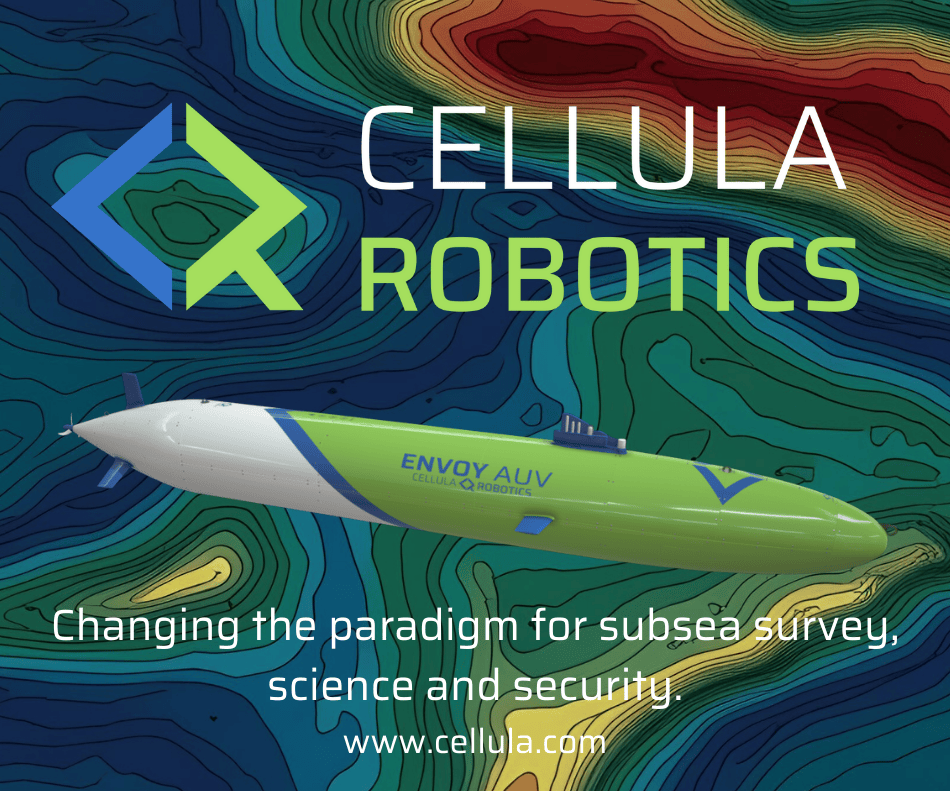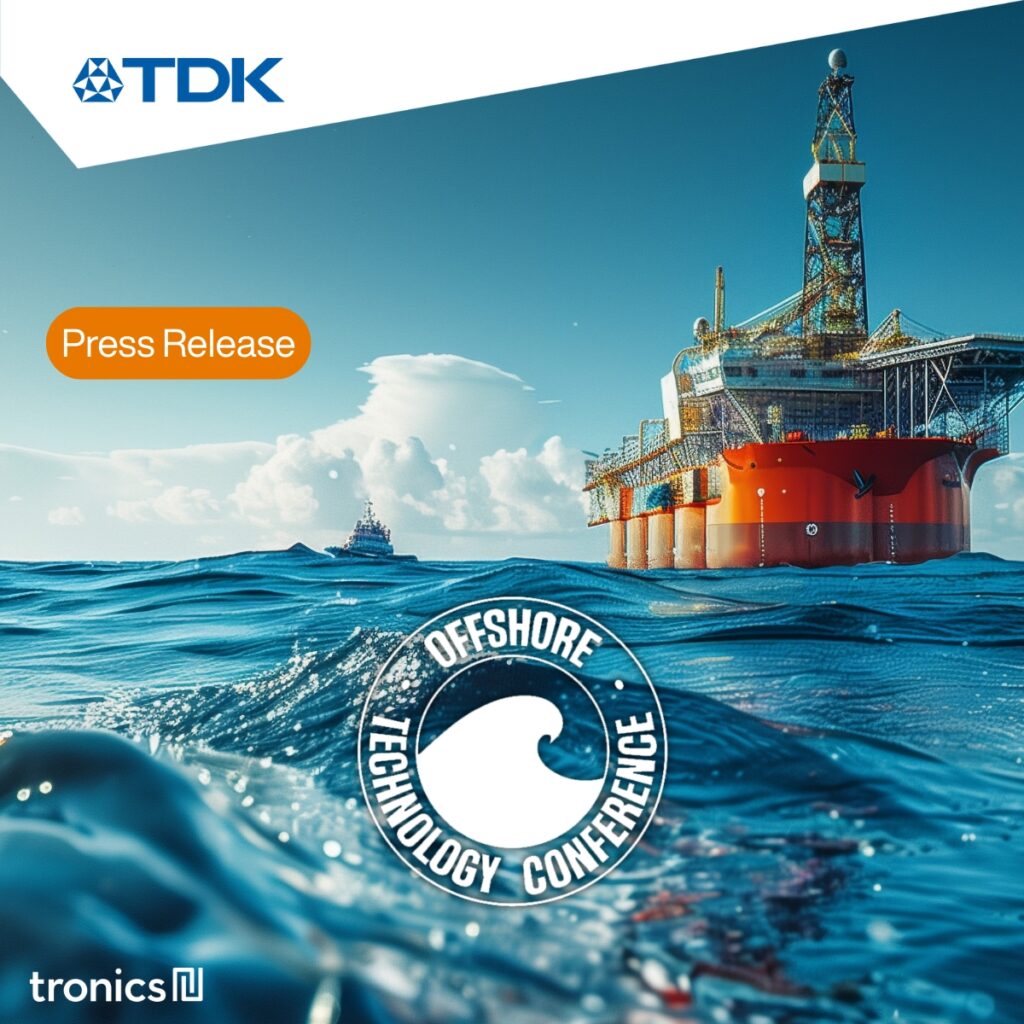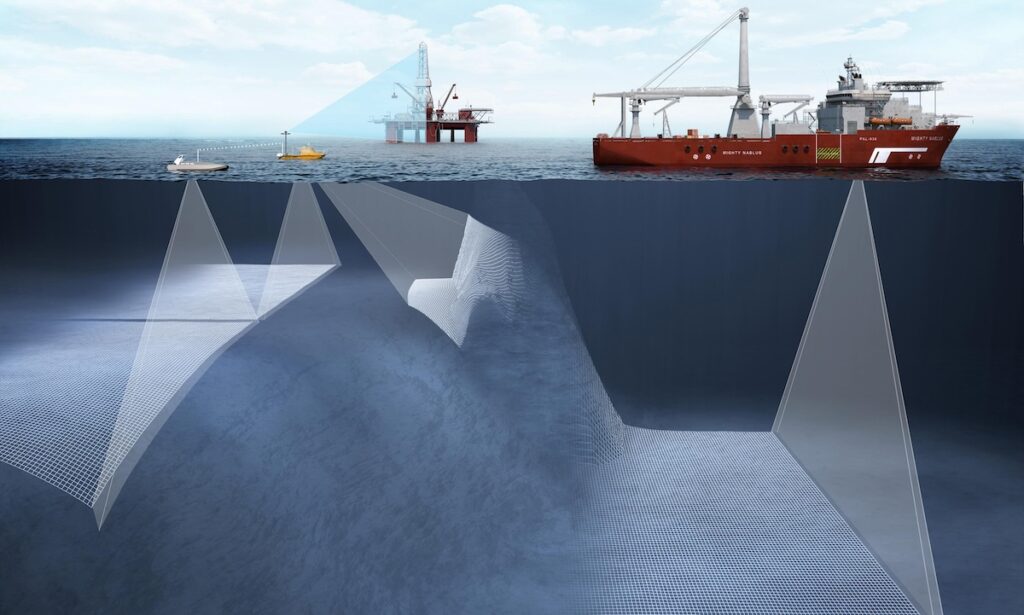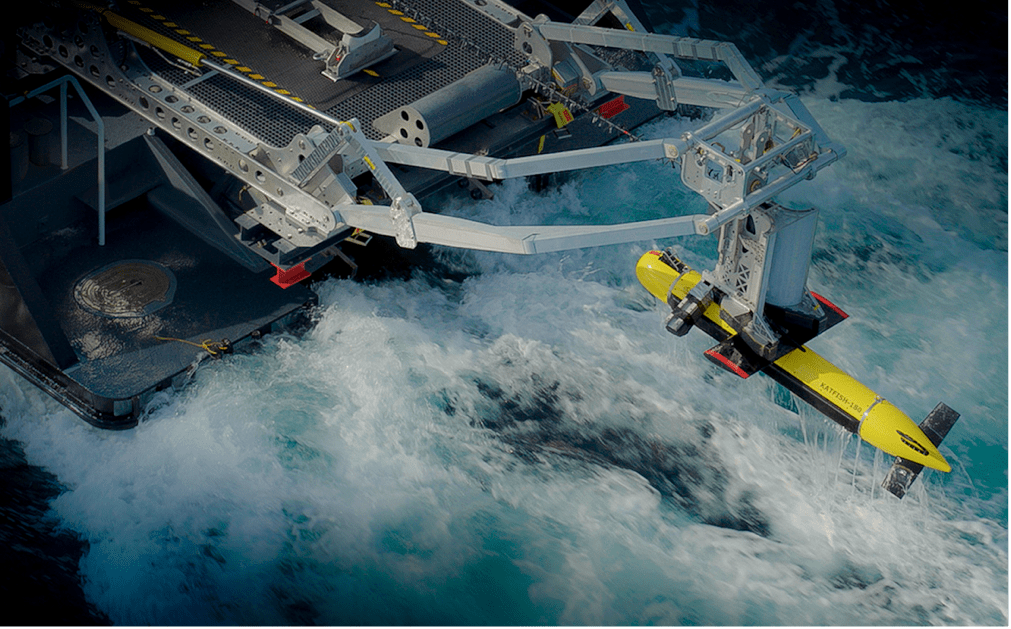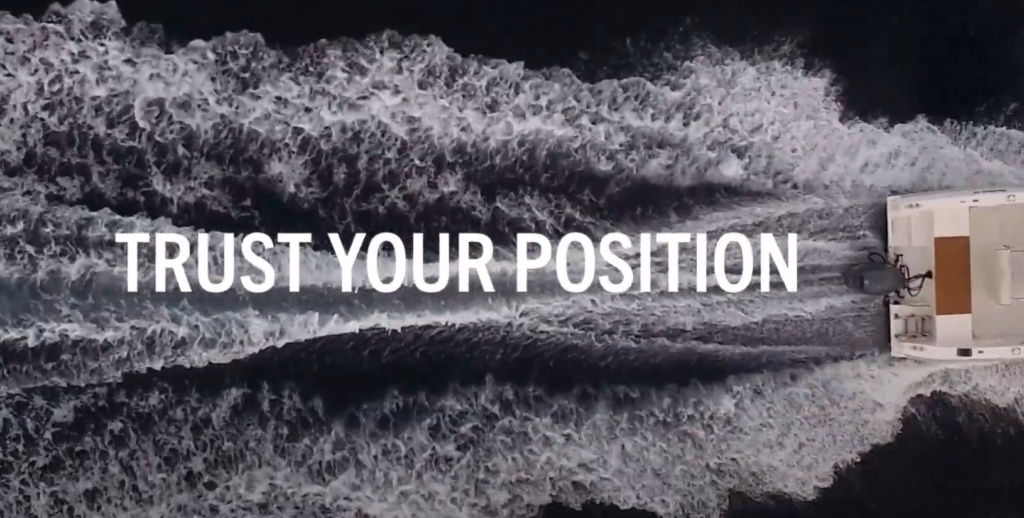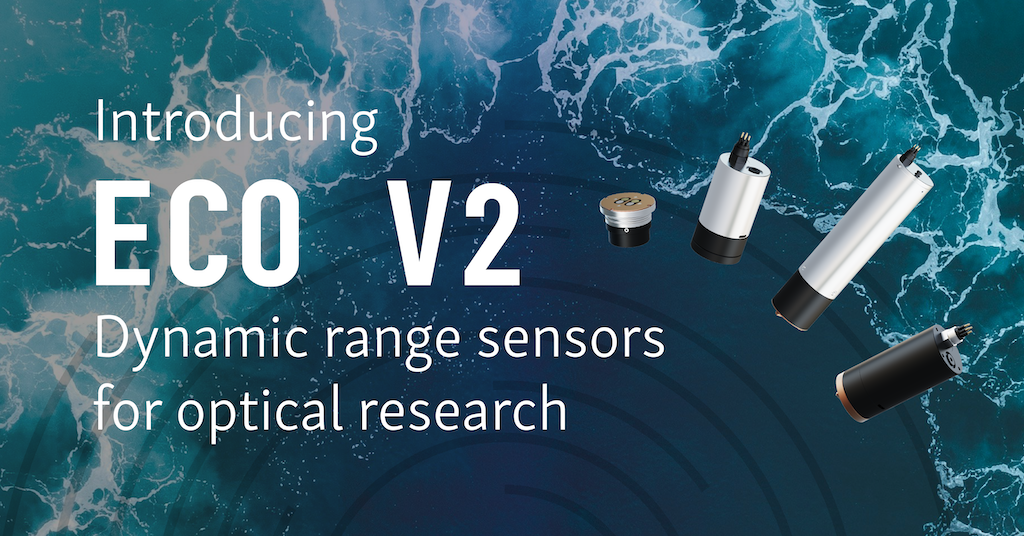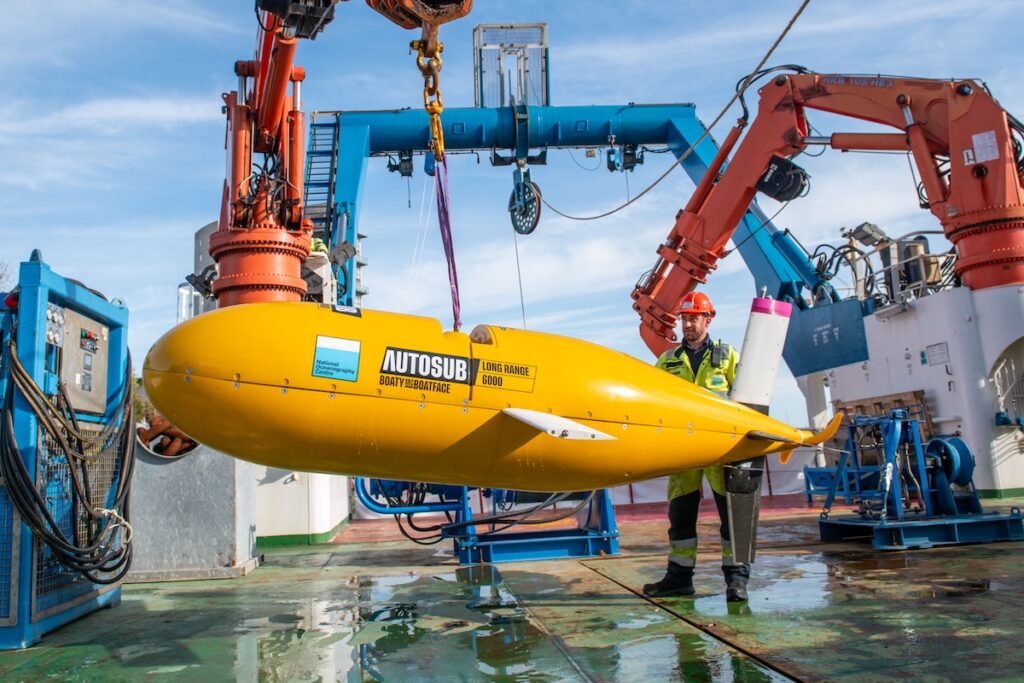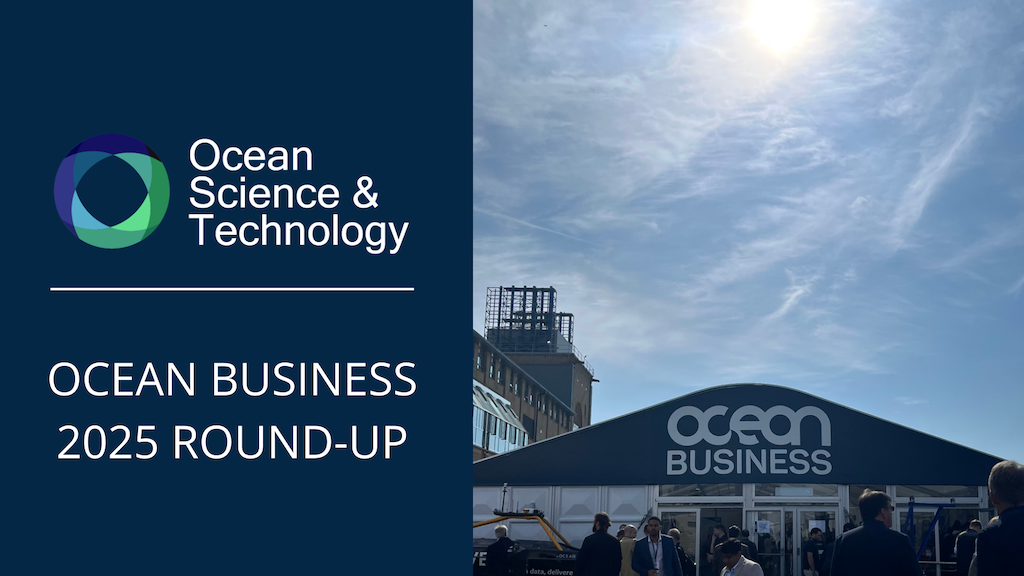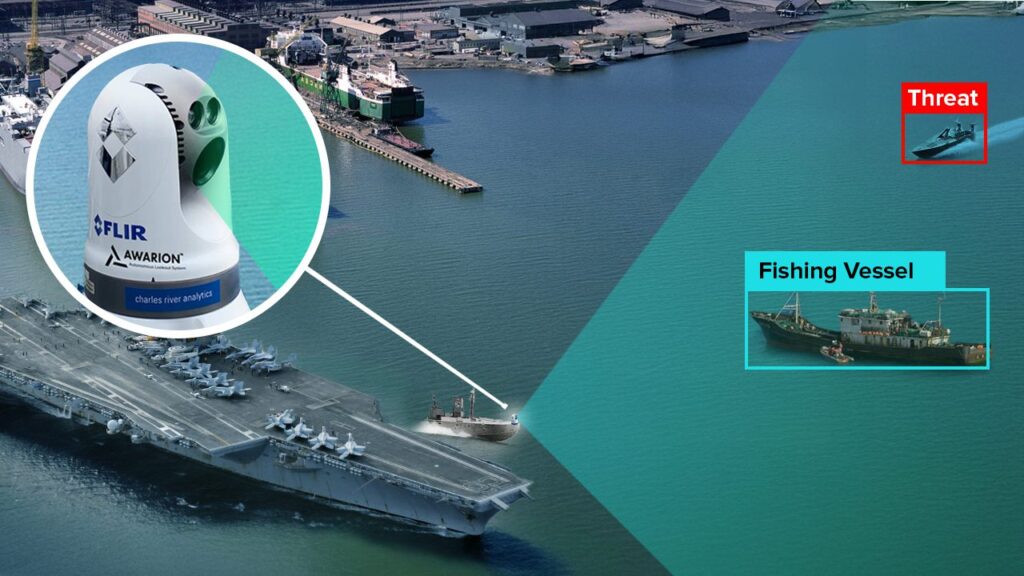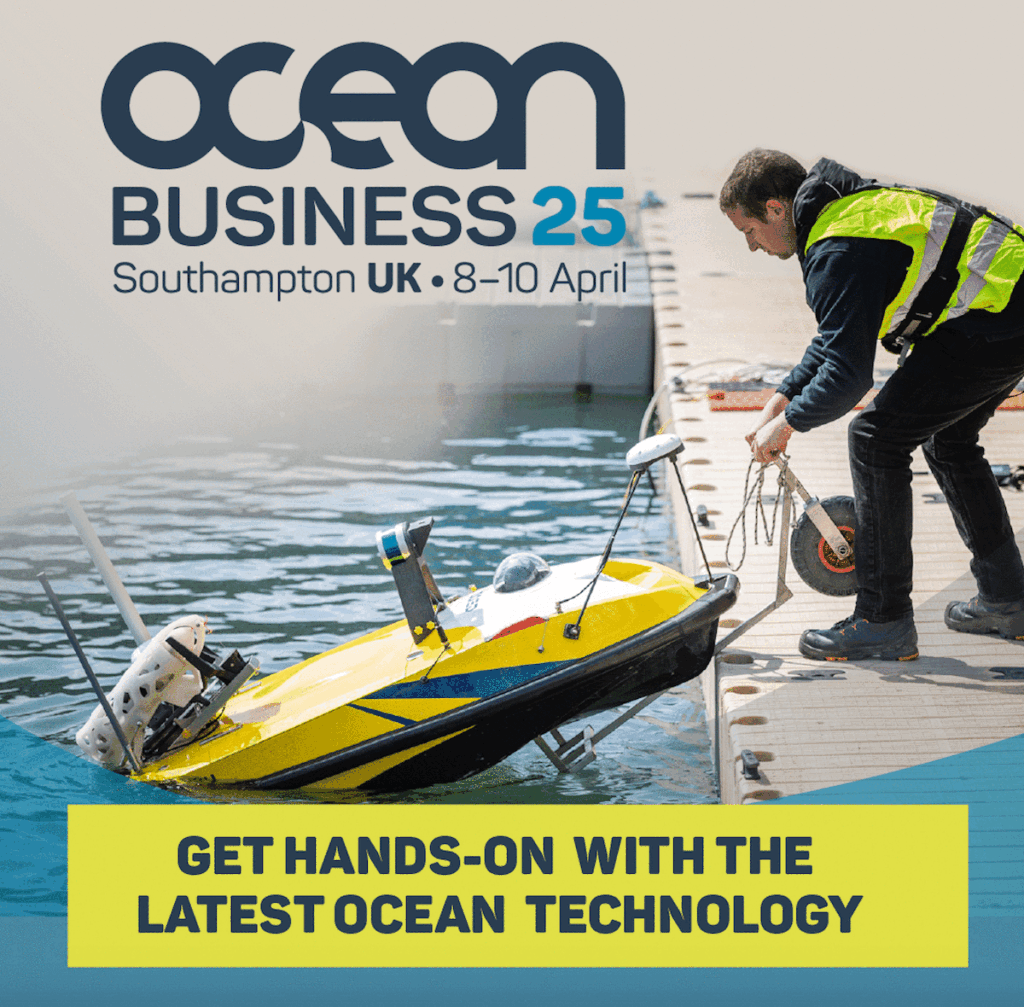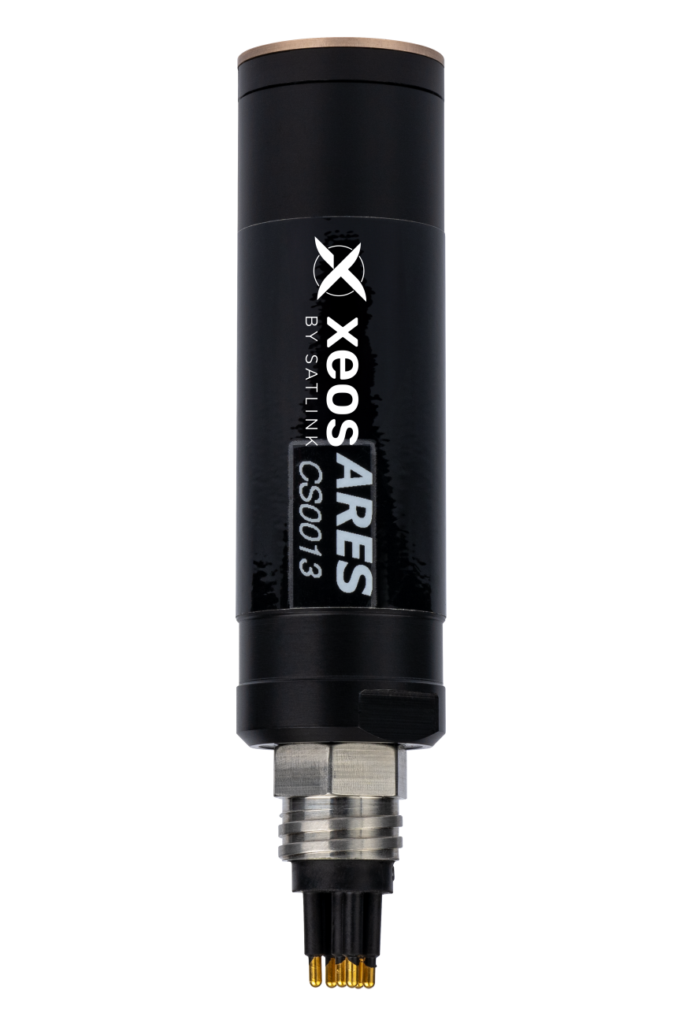
Water Quality Monitoring
Discover cutting-edge solutions from leading global suppliers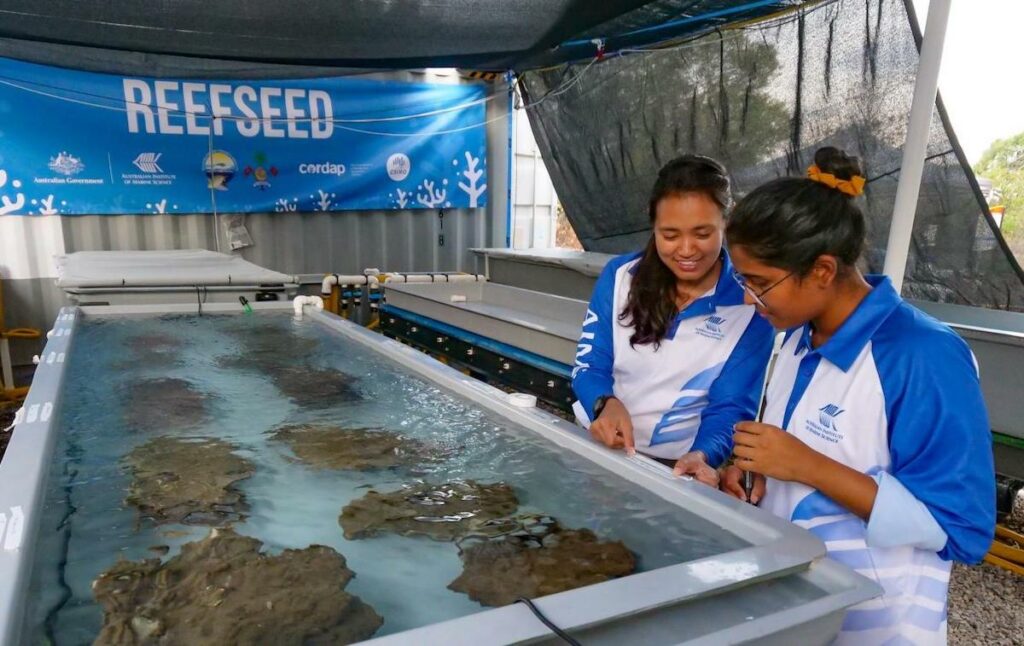
Scientists at the Australian Institute of Marine Science (AIMS) are gearing up for the annual coral ‘mass’ spawning event on the Great Barrier Reef—a critical period for the Reef’s reproduction and renewal.
This annual, synchronized event involves multiple species of reef-building corals releasing sperm and eggs over several days after the full moon. These float to the surface, fertilize, and develop into coral larvae, some of which settle on the reef to grow and establish new coral colonies.
Following the recent extensive bleaching event on the Reef, this year’s spawning—expected in late October, November, and possibly December—holds even greater significance.
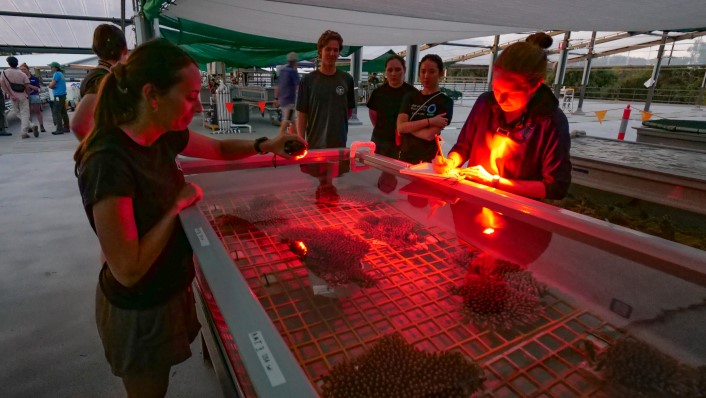
AIMS teams have collected wild corals from the central Great Barrier Reef and brought them to AIMS’ National Sea Simulator, where the corals spawn in sync with those on the Reef. This controlled environment enables AIMS scientists and collaborators to study the Reef’s renewal process and assess how recent bleaching might have affected this cycle.
This period also allows researchers to explore ways to enhance young corals’ heat tolerance and expedite reef restoration through large-scale coral aquaculture.
This year’s experiments include:
- Protecting young corals with antifouling coatings (in collaboration with Griffith University).
- Testing various feeding strategies in aquaculture facilities to improve young corals’ survival.
- Employing robots and AI to monitor the growth and health of young corals (in partnership with QUT).
- Introducing symbiotic bacteria to corals to test if it strengthens their associations, a step toward improving their heat resilience (with The University of Melbourne).
Over recent years, AIMS has increased the number of corals bred in aquaria, with more than 50 Great Barrier Reef species spawning in the SeaSim over the past five years.
AIMS has also developed an automated system, the Autospawner, which facilitates the fertilization of large quantities of coral eggs with minimal labor, making it efficient to produce millions of coral larvae as part of the Reef Restoration and Adaptation Program (RRAP).
ReefSeed, a unique, portable coral aquaculture system, is designed to be deployed in remote areas to generate millions of coral larvae for reef restoration.
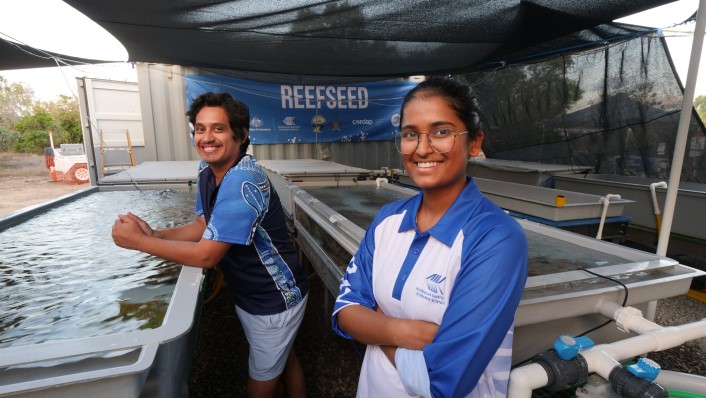
The project is being developed in collaboration with the Maldives Marine Research Institute (MMRI), with technicians from MMRI currently receiving training at AIMS on system operation and maintenance.
Once the Great Barrier Reef spawning trial at AIMS concludes, the ReefSeed system will be packed and shipped to the Maldives, where it will be set up again for coral spawning in March 2025.
AIMS coral reproduction and aquaculture scientist Dr Muhammad Azmi Abdul Wahab said the training will include larval rearing and settlement tank processes and approaches, “We will help our colleagues understand the processes we have been working on at AIMS across the last four years, including how we help coral larvae settle onto tiles which can be transferred to reefs on specially-designed ceramic devices, which help with survival rates in the wild.
“It’s exciting to be able to share the knowledge and experience we’ve gained with our international colleagues, and to see how this knowledge may help with large scale restoration on coral reefs outside of Australia.
“In the last decade, coral reefs in the Maldives have been exposed to major coral bleaching events driven by climate change. The Maldives depends on coral reefs and the species they support for sustaining communities and livelihoods. We’re proud to be playing a role in helping to support restoration efforts there and the development of local capacity in this field.”
ReefSeed received US$1.5 million (Aus$2.3 million) over three years from the G20 Coral Research and Development Accelerator Platform (CORDAP), the only international organization solely dedicated to funding global research and development for tropical and cold-water coral restoration.
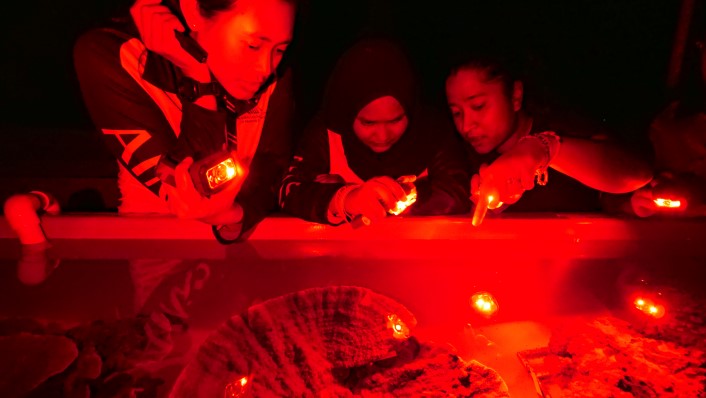
ReefSeed incorporates science and technology developed under the Australian government’s Reef Restoration and Adaptation Program (RRAP). The project also involves a partnership with CSIRO to study natural coral reproduction patterns in the Maldives.
RRAP receives funding through a collaboration between the Australian Government’s Reef Trust and the Great Barrier Reef Foundation.
Research Program Director Dr Line Bay, who leads research in the fields of coral aquaculture, restoration and adaptation at AIMS, commented, “It’s an incredibly exciting time of year. We and our collaborators work through the spawning nights to conduct experiments that address critical knowledge gaps in how corals respond to and recover from stress.
“We must reduce carbon emissions globally to secure the best future for coral reefs, which are threatened by climate change. In the meantime, our teams are working hard now to build a suite of interventions to help reefs adapt and fast track their recovery.
“Each year we build on these innovative approaches to large scale coral aquaculture. For example, this year, we’re excited to be taking the Autospawner and further developing it for use by international collaborators.”
Shafiya Naeem, Director General of the MMRI said historically, coral reef restoration efforts had been small scale on the islands, “We now have a vision to deliver cost effective and scalable restoration for Maldivian coral reefs – an ecosystem that profoundly impacts our country’s economy, the livelihoods of our people, and our very existence.
“Collaborating closely with AIMS, we aim to test and refine this innovative approach within the Maldives, with the ultimate goal of sharing this technology with restoration practitioners across our geographically dispersed small island nation.”
Dr Cedric Robillot, Executive Director of RRAP, Great Barrier Reef Foundation, stated, “These breakthroughs in coral conservation aquaculture from across the Reef Restoration and Adaptation Partnership, will pave the way for a new phase of the Program, involving larger field trials and coral deployments at scale from 2025. The automated solutions now have the potential to deploy millions of corals onto the Reef, significantly increasing the scale of current reef restoration efforts both here in Australia, and around the world.”
Find suppliers and manufacturers of Water Quality Monitoring Systems >>


